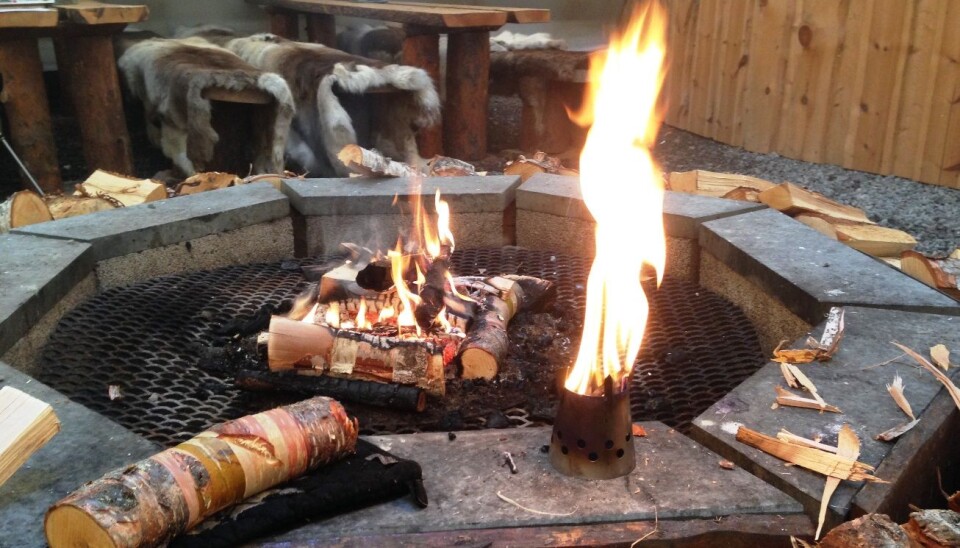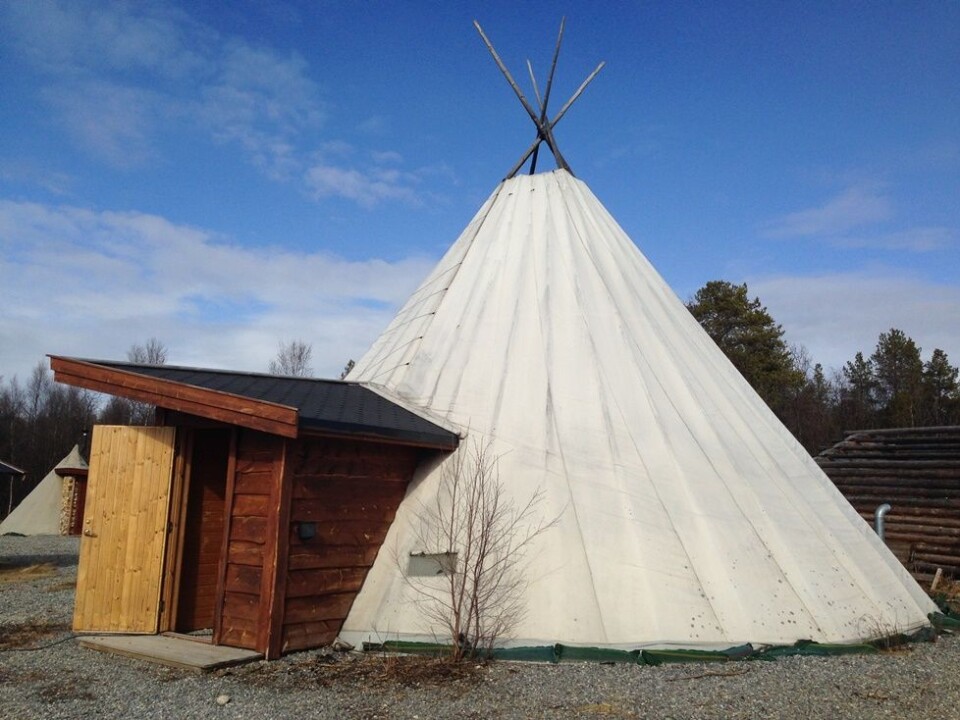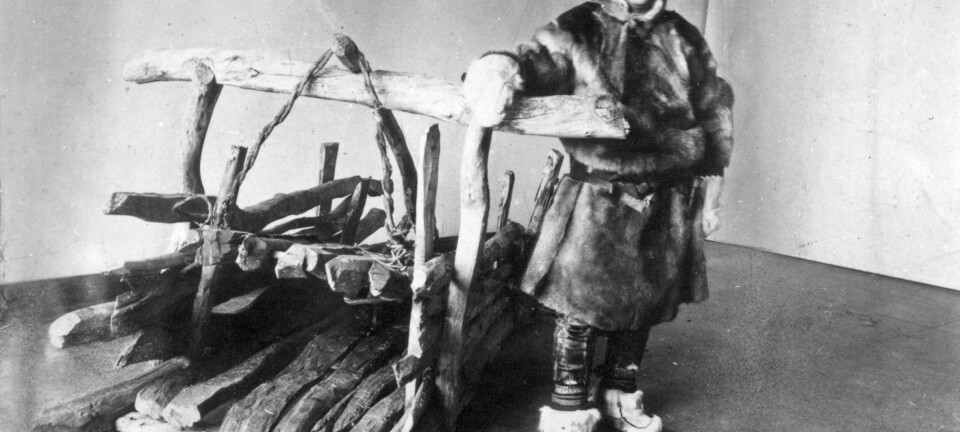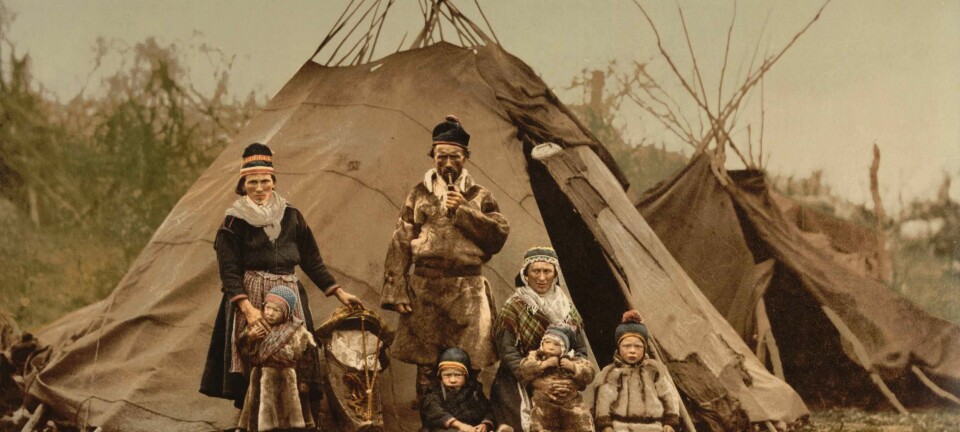An article from Norwegian SciTech News at SINTEF

Smokeless tents
From next summer cruise tourists taking excursions in Norway to sample Sami culture can look forward to an even more pleasant experience in the traditional lavvo tents.
Denne artikkelen er over ti år gammel og kan inneholde utdatert informasjon.
Smoke can be particularly irritating to the eyes and airways of allergic tourists. But Sintef researchers believe it is perfectly possible to have open fires burning inside tents without any irritating smoke.
Problems in the tourist sector
Sami husband and wife team Ellinor and Ailu Utsi, who together run the company Davvi Siida in Tana in Finnmark, have been plagued by smoke problems in their big tent at Kjøllefjord. Davvi Siida has been offering "A Taste of Lapland" to the coastal cruise company Hurtigruten since the company was founded in 2007.
At Kjøllefjord, Ellinor and Ailu welcome visitors on excursions from the cruise ships, but no-one likes smoke in the traditional 'lavvo' tents, especially while they're eating.
So because the couple want to expand their tourist business, they started looking for help. First they received funds from the Research Council of Norway, the regional R&D enterprise VRI Finnmark, Finnmark County Council and Innovation Norway, and then got in touch with researcher Axel Cablé.
Two-chamber solution

Cablé arrived in Finnmark with equipment and diagrams showing how smokeless fires could be part of the traditional Sami tent experience. He made measurements of the air conditions inside a tent outside Alta and demonstrated a small model which he had brought with him as potentially part of the solution.
"Today, the problem is that the combustion process is ineffective if the temperature of the fire is too low and the air supply inadequate", says Cablé.
"This generates smoke. We now intend to make a model using a two-chamber system", he says.
Cablé explains that air will be supplied at the base of the system. The air is carried upwards inside the heated outer chamber. This burns off the smoke and sends hot air up into the main chamber. This system provides a more effective and hotter fire, as well as cleaner combustion. The principle is the same as that applied in most modern wood stoves.
Warmer tents
"Some tourists also complain of being cold in some parts of the tent, so we intend to look into how we can better distribute the heat", says Cablé.
The researchers are planning to evaluate a paint with special radiative properties that can be used to reflect heat to warm up the tourists in the tent.
Ready next summer
A full-scale model will now be built at the Sintef workshop in Oslo. The installation has to be buried in the ground below the tent so that it can't be seen. It is important to all those involved that the systems don't diminish the experience of a traditional Sami 'lavvo'.
"We may have to install a pipe to extract air from outside the tent, and we have to find a solution that ensures that the air drawn in is distributed effectively throughout the system.
The new system won't be up and running this summer because the tourist season starts as early as 15 May, but next summer visiting tourists can look forward to a warm and smoke-free Sami 'lavvo' experience.

































